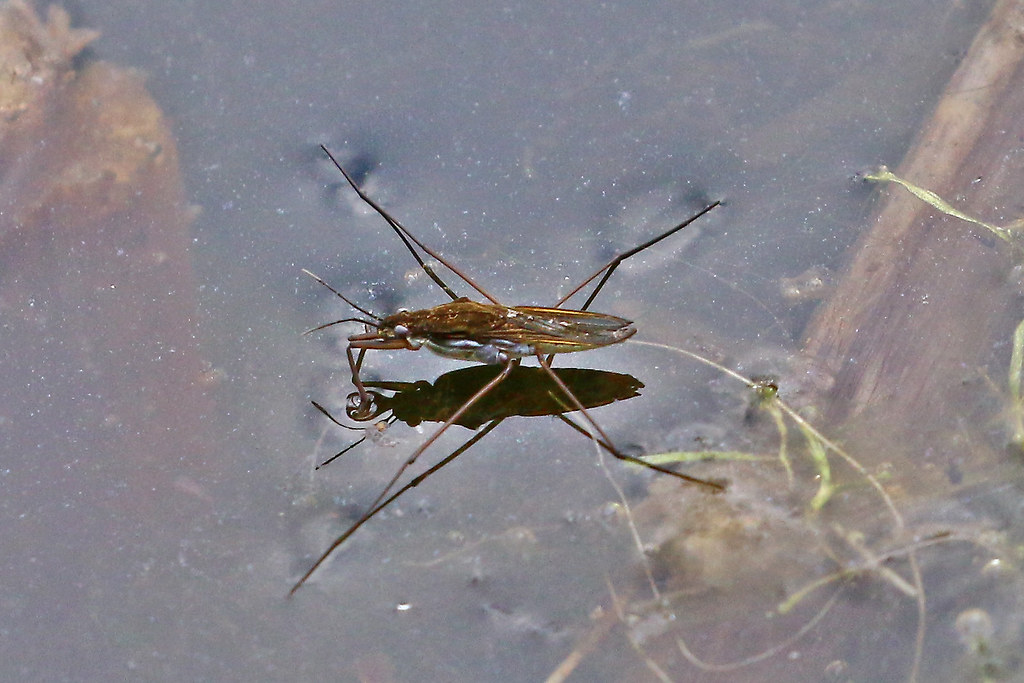On a still summer day, when you glance at the surface of a pond or stream, you might witness something remarkable: insects gliding effortlessly across the water’s surface as if it were solid ground. This fascinating ability, exhibited by water striders, fishing spiders, and several other arthropods, has captivated scientists and nature enthusiasts alike for centuries. While it might seem like magic, this remarkable feat is firmly grounded in physics—specifically the interplay between surface tension, buoyancy, and the specialized adaptations these creatures have developed. In this article, we’ll dive into the fascinating world of water-walking insects and uncover the scientific principles that allow them to perform this seemingly impossible trick.
The Surface Tension Phenomenon
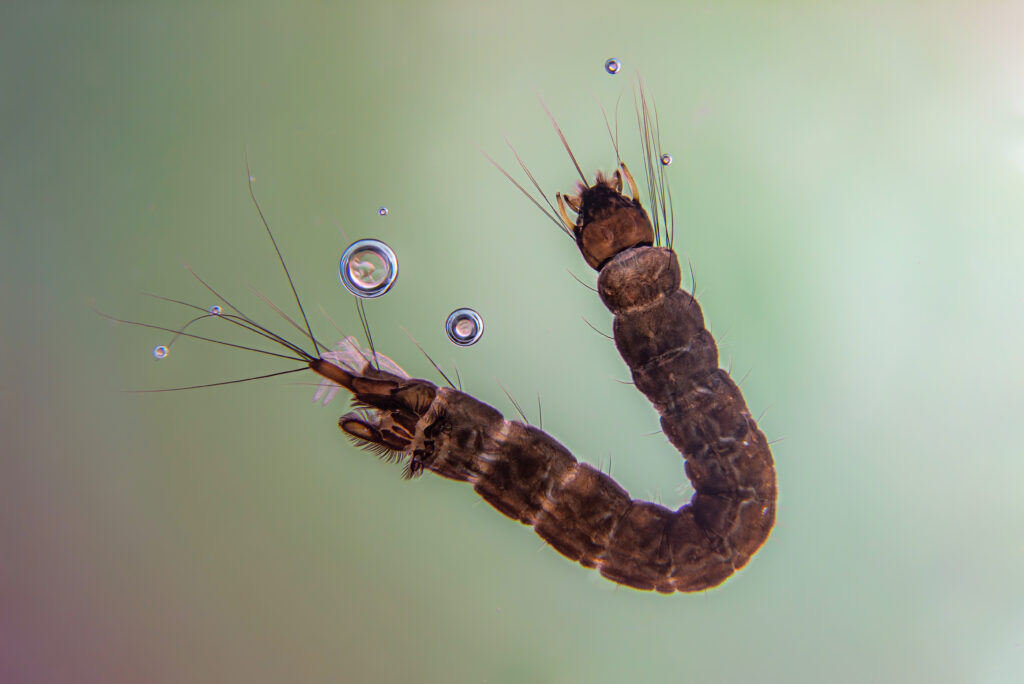
Surface tension is the key physical property that makes water-walking possible. It occurs because water molecules at the surface experience an imbalance of forces, being pulled inward by other water molecules beneath them but having no water molecules above to balance these forces. This creates a sort of “skin” on the water’s surface that resists being broken. You can observe this effect yourself when you carefully place a paper clip on water and watch it float despite being denser than water. Surface tension is measured in force per unit length, and for water at room temperature, it’s about 72 dynes per centimeter—strong enough to support small objects if their weight is distributed properly. This invisible force essentially transforms the water’s surface into a stretchy membrane that can support lightweight creatures with the right adaptations.
The Water Strider: Master of Surface Locomotion
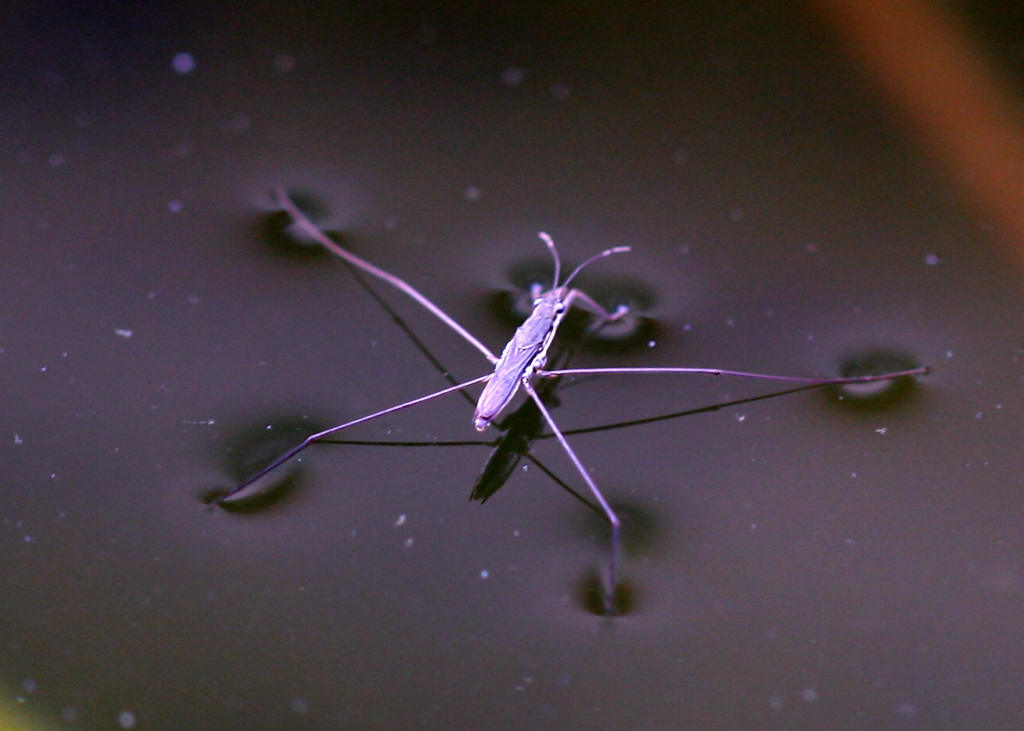
Water striders (family Gerridae) are perhaps the most well-known water-walking insects, with their long, slender legs splayed out across pond surfaces. These remarkable creatures can not only stand on water but can move with impressive speed—up to 1.5 meters per second when threatened. Their body weight of typically less than 10 milligrams is distributed across their specialized legs, creating pressure points that dimple but don’t break the water’s surface. What makes water striders particularly fascinating is their ability to jump on water without breaking through—an impressive feat that researchers have studied to understand the precise physics involved. The middle pair of legs provides propulsion through a rowing motion, while the hind legs act as rudders for steering across the water’s surface.
Hydrophobic Adaptations: Nature’s Water Repellent
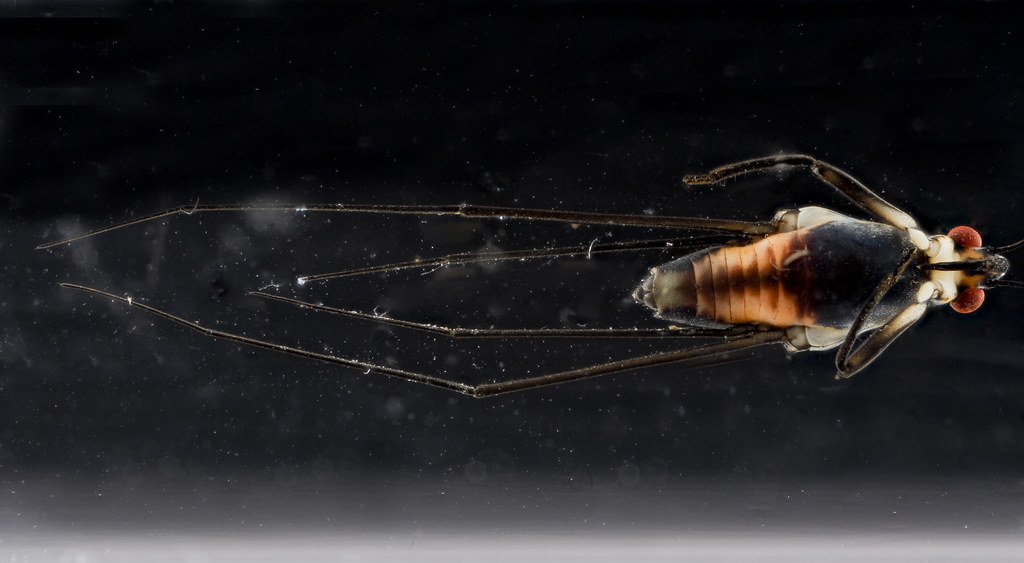
A crucial adaptation that enables water-walking is the hydrophobic (water-repelling) nature of these insects’ bodies. Water striders and similar insects have specialized microhairs called setae that cover their legs and bodies. These microscopic hairs trap tiny air bubbles, creating a water-repellent surface that prevents the insect from getting wet. Under a powerful microscope, these setae reveal a complex structure—thousands of grooves and hairs that create a superhydrophobic surface where water beads up and rolls off rather than spreading and wetting. This adaptation is so effective that even if a water strider is temporarily submerged, it emerges completely dry. Scientists have drawn inspiration from these natural designs to develop water-repellent materials for various applications from rainwear to ship hulls.
The Mathematics of Weight Distribution
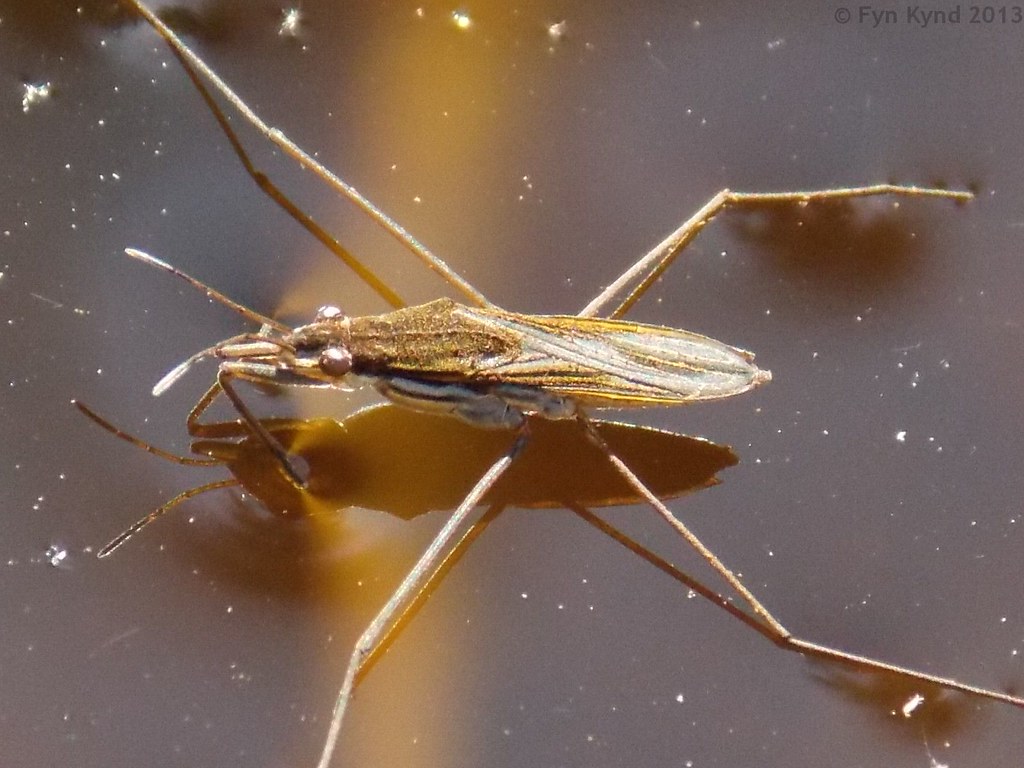
The ability to walk on water isn’t just about being lightweight—it’s about strategic weight distribution. Water-walking insects distribute their weight across a large surface area, reducing the pressure exerted at any single point. This follows a mathematical principle where pressure equals force divided by area; by maximizing the area, these insects minimize the pressure they exert on the water. A typical water strider weighing 10 milligrams might distribute this weight across legs that contact the water with a total area of about 100 square millimeters. The resulting pressure is less than what’s required to break the surface tension, allowing them to stay afloat. This precise balance between weight and surface area is so finely tuned that adding even a small droplet of water to a water strider can disrupt its ability to stay on the surface.
Fishing Spiders: Eight-Legged Water Walkers
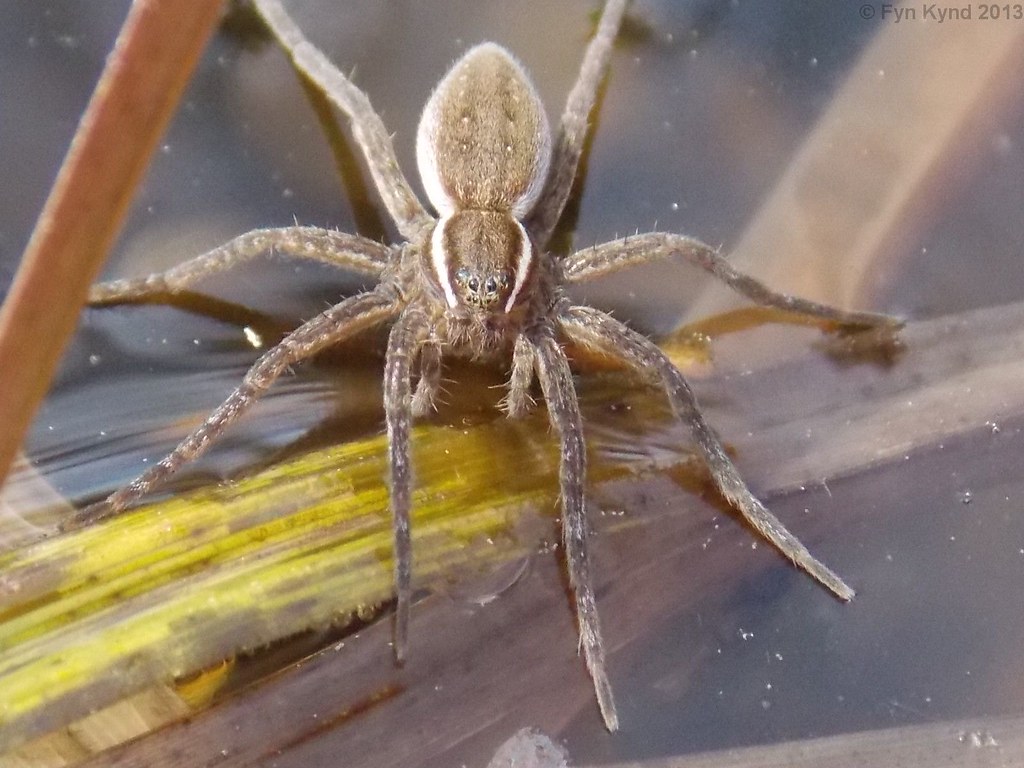
While not technically insects, fishing spiders (genus Dolomedes) deserve mention for their impressive water-walking abilities. These arachnids can walk, run, and even jump on water surfaces, using techniques similar to those employed by water striders. Fishing spiders can detect vibrations on the water’s surface, allowing them to locate prey—including small fish—that disturb the water. Their specialized legs contain thousands of hydrophobic hairs that repel water and trap air, creating a buffer between their bodies and the water surface. Remarkably, fishing spiders can remain submerged for up to 30 minutes by trapping air bubbles around their bodies, essentially creating their own diving bells. Their mastery of water surface physics makes them formidable predators in aquatic environments despite not being aquatic creatures themselves.
The Role of Leg Structure and Movement
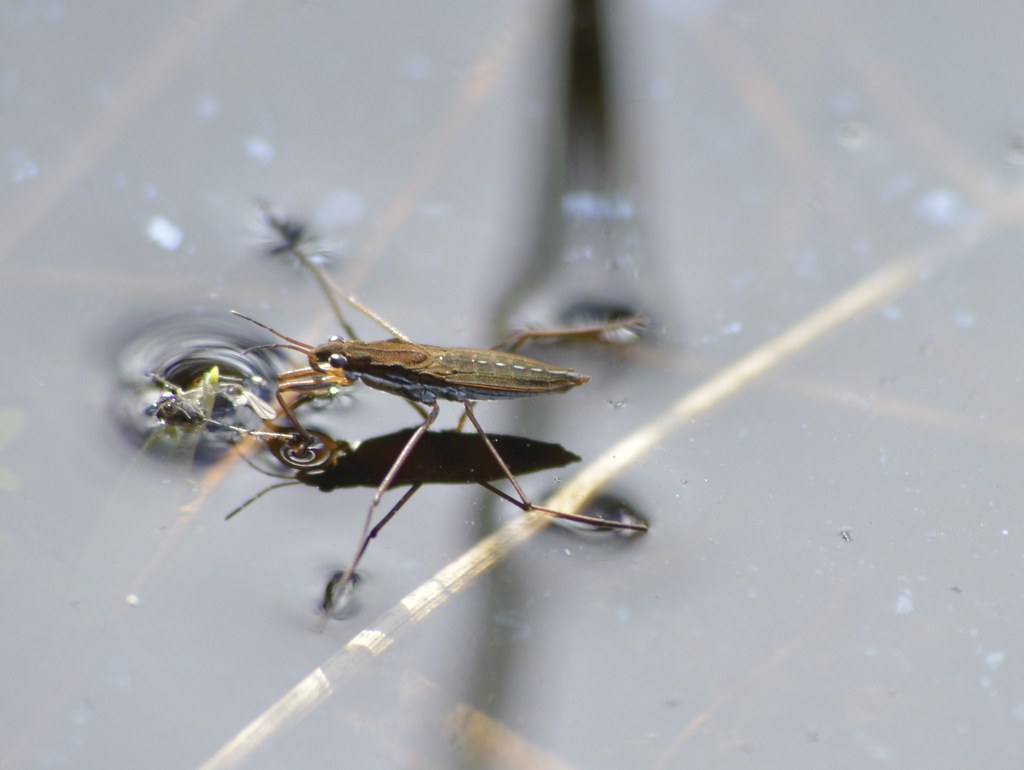
The leg structure of water-walking insects plays a critical role in their ability to navigate water surfaces. Water striders typically have their middle and hind legs splayed outward, maximizing surface area contact while their shorter front legs are used primarily for catching prey. The legs move in a specific rowing pattern that takes advantage of water’s unique properties; they push backward against the water without breaking the surface, generating forward momentum. High-speed video analysis shows that these insects create vortices beneath the water surface—essentially small whirlpools—that provide the reaction force needed for movement. This specialized gait differs significantly from terrestrial movement and represents a remarkable adaptation to the water-air interface. The precise timing and coordination of these leg movements allow for efficient transfer of force without breaking through the surface.
Surface Tension vs. Buoyancy: Understanding the Difference

Many people confuse the mechanism that allows insects to walk on water with buoyancy, but these are distinct physical principles. Buoyancy is the upward force exerted by a fluid that opposes an object’s weight, allowing objects less dense than water (like wood) to float. Water-walking insects, however, aren’t floating in the traditional sense—they’re being supported by surface tension, which is the elastic tendency of liquid surfaces to shrink to the minimum surface area possible. If surface tension were eliminated (for example, by adding soap to water), these insects would immediately sink even though their density hasn’t changed. The distinction is important because surface tension is a property of the water-air interface rather than the bulk properties of water itself. This is why water striders can stand on water but would sink if pushed below the surface where surface tension no longer applies.
The Meniscus Effect and Its Importance
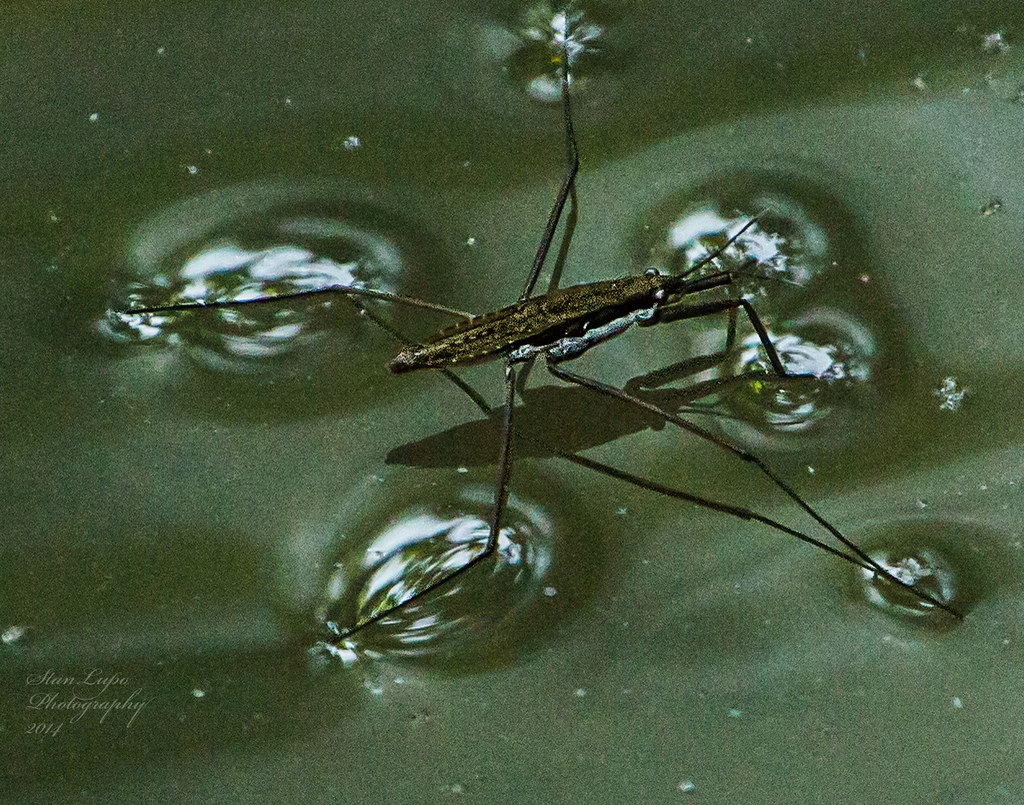
When observing water-walking insects closely, you’ll notice small depressions or dimples in the water where their legs make contact—this is called the meniscus effect. These depressions are crucial for the insects’ locomotion, as they essentially “push” against these dimples to move forward. The curved surface of the meniscus creates an upward force component that helps support the insect’s weight. Scientists studying water striders have measured these dimples and found they can be up to 4 millimeters deep without breaking the surface tension. The meniscus effect also plays a role in how these insects detect each other and potential prey, as movements on the water create ripples that distort these dimples in ways the insects can sense. This complex interaction between the insect and the water surface demonstrates how finely tuned their adaptations are to this specialized ecological niche.
Water-Walking in Different Environmental Conditions
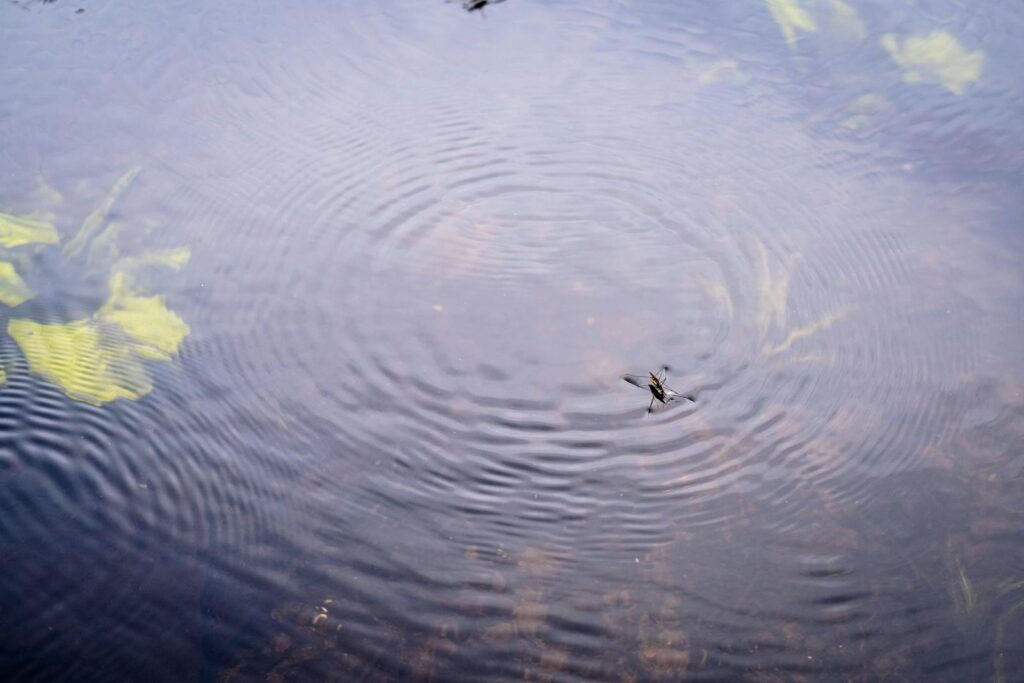
Environmental factors significantly affect the ability of insects to walk on water. Temperature changes alter water’s surface tension—warmer water has lower surface tension, making it more challenging for insects to stay afloat. During cold mornings, water striders may move more confidently across the water’s surface due to the increased surface tension of cooler water. Rainfall presents another challenge, as droplets hitting the water create ripples and temporarily disturb the surface tension. During heavy rain, many water-walking insects seek shelter under overhanging vegetation. Pollutants like detergents and oils can be particularly problematic as they reduce surface tension dramatically—even small amounts of soap in water can cause water striders to immediately sink. This sensitivity to water quality makes water-walking insects potential bioindicators for certain types of water pollution.
Evolutionary Development of Water-Walking Abilities
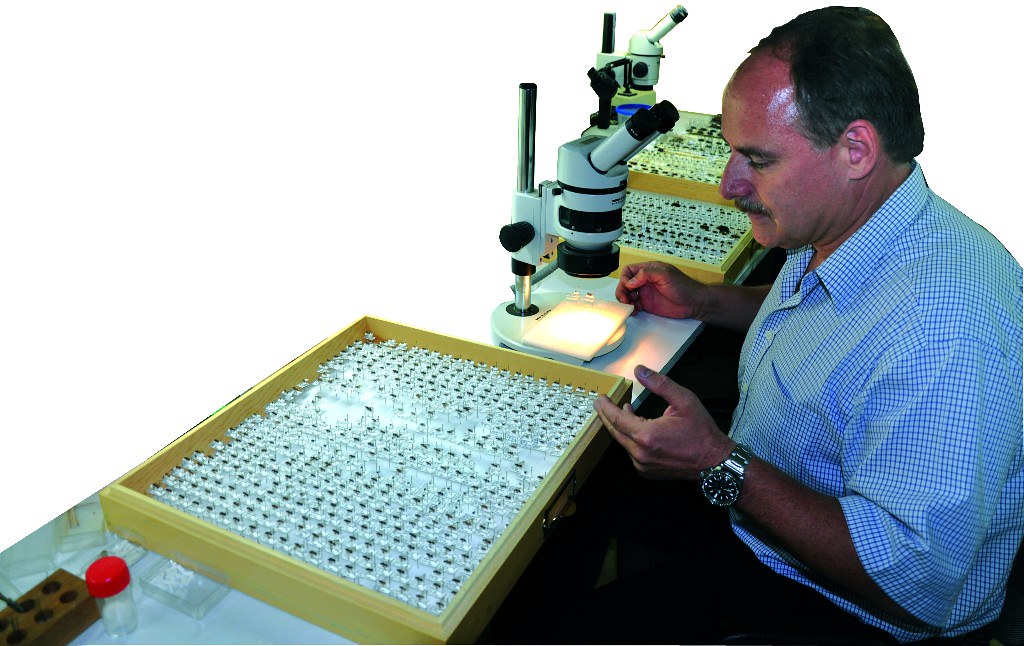
The ability to walk on water didn’t evolve overnight—it represents millions of years of evolutionary adaptation. Phylogenetic studies suggest that the ancestors of today’s water striders were terrestrial bugs that gradually adapted to life at the water’s edge. Initially, these ancestors likely had partially water-repellent bodies that allowed them to escape if they accidentally fell into water. Over time, natural selection favored individuals with greater water repellency and leg structures that better distributed weight. Fossil evidence indicates that modern water striders emerged during the Jurassic period, approximately 150 million years ago. The evolution of this specialized trait gave these insects access to a relatively competition-free habitat with abundant food sources in the form of insects that fall onto the water surface. This evolutionary story demonstrates how physical principles can shape biological adaptations over time.
Beyond Insects: Other Water-Walking Creatures
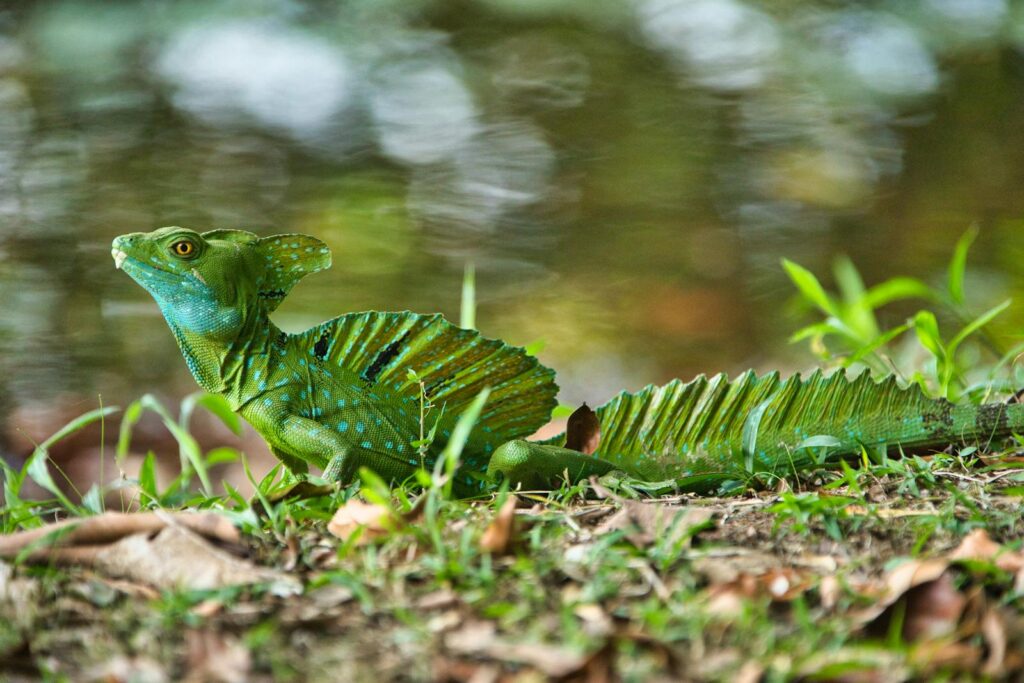
The physics that allows insects to walk on water applies to other small creatures as well. Several small lizards, like the basilisk lizard (often called the “Jesus lizard”), can run across water surfaces for short distances, though they use a different mechanism that combines surface tension with the creation of air pockets. Some birds like the Western grebe perform “water dances” where they run upright across the water for short distances during mating displays. Even mammals get in on the act—the fishing bat (Myotis vivesi) uses its large feet to detect ripples and catch fish just below the water’s surface without breaking through. These diverse examples show how the physical principles governing the water-air interface have been exploited by various evolutionary lineages. What makes insects special, however, is their ability to remain on the water surface indefinitely rather than for just brief periods.
Biomimicry: Inspiration from Water-Walking Insects

The remarkable water-walking abilities of insects have inspired numerous technological innovations. Engineers have developed miniature robots that can move across water surfaces using the same principles employed by water striders. These robots have potential applications in environmental monitoring, search and rescue operations, and surveillance in aquatic environments. The superhydrophobic properties of water-walking insects’ legs have inspired water-repellent coatings for fabrics, building materials, and marine equipment. Researchers at universities like MIT and Stanford have studied the precise mechanics of water-walking to design more efficient watercraft and improve our understanding of fluid dynamics at small scales. Perhaps most impressively, some researchers are developing “microfloaters” inspired by water striders that could potentially deliver drugs to specific targets within the human body, using similar physical principles at even smaller scales.
Observing Water-Walking Insects in the Wild

For nature enthusiasts interested in observing these remarkable creatures, still freshwater ponds, slow-moving streams, and protected coves along lakeshores provide excellent viewing opportunities. Early morning or late afternoon often offers the best conditions, as the water is typically calmer and the insects more active. A pair of binoculars or a magnifying glass can enhance the experience, allowing you to see details like the dimples their legs create on the water surface. When observing, remain still and approach slowly to avoid creating vibrations that might scare them away. Photographs can be challenging due to their small size and quick movements, but using a telephoto lens with a fast shutter speed can capture these fascinating creatures in action. Citizen science projects like iNaturalist welcome observations of water striders and other water-walking insects, allowing hobbyists to contribute to scientific understanding of these species’ distributions and behaviors.
Conclusion
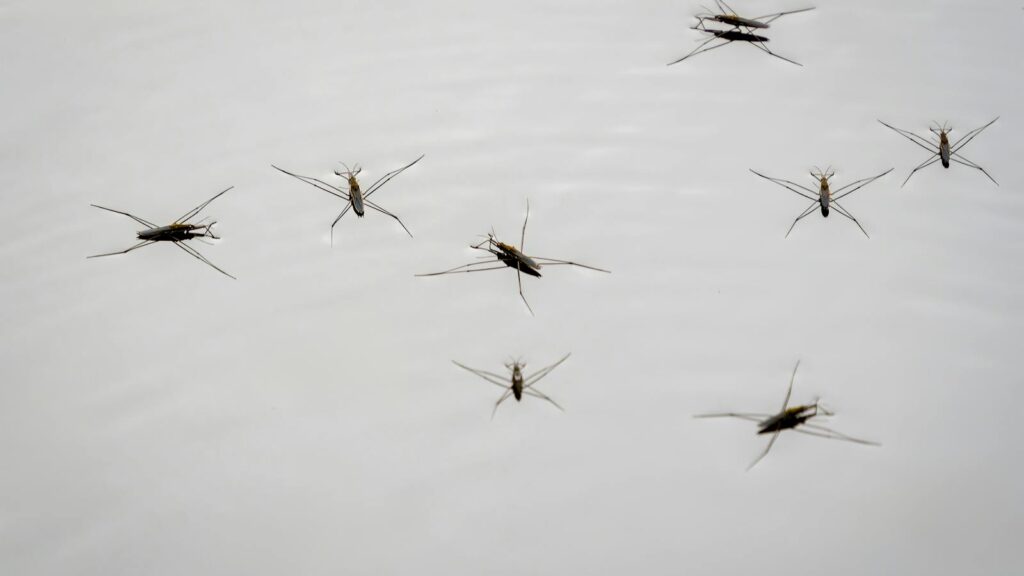
The ability of certain insects to walk on water stands as one of nature’s most elegant demonstrations of physics in action. Through specialized adaptations like hydrophobic leg structures, strategic weight distribution, and precise movement patterns, these creatures have mastered life at the interface between water and air. Their success in this unique ecological niche not only fascinates scientists but also inspires biomimetic technologies that may benefit humanity. Next time you spot a water strider skimming effortlessly across a pond surface, take a moment to appreciate the complex physics and evolutionary history behind this seemingly simple feat—a perfect example of how natural selection and physical laws combine to create what appears at first glance to be nothing short of miraculous.

